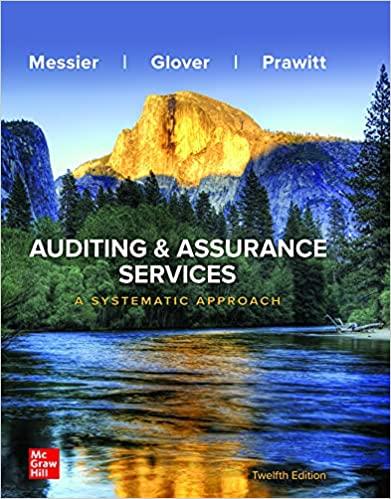Answered step by step
Verified Expert Solution
Question
1 Approved Answer
Consider a representative infinitely lived agent maximization problem max (Ct,H., K++1) 1=0 B' [log(Ct) + plog(1 - Ht)] subject to the budget constraint and physical
Consider a representative infinitely lived agent maximization problem
max
(Ct,H., K++1)
1=0
B' [log(Ct) + plog(1 - Ht)]
subject to the budget constraint and physical capital law of motion, respectively:
(1 + Tc) Ct = W+H+ + RuK+ + Tt - It
K++1 = (1 - 8)Kt + It
where Kt is the physical capital stock; Ct consumption; It investment; H, labor; (1 - Ht): leisure; relative weight consumption-leisure; 8 > 0 is the rate of depreciation of physical capital, Rt is the capital rental rate, and Wt is the real wage.
- A government imposes a consumption tax and rebate the tax revenue by giving identical lump sum transfers to the representative agent. Hence, the government budget constraint is (Tc) Ct = Tt, where Tc is the consumption tax rate and T- represents a lump sum transfers in period t.
- A representative firm rents physical capital and hires workers on competitive markets at prices Rt, Wt, to maximize profits where output (Y) is as follows Y, = A,K? HIt-, where 1 > 0 > 0, and At is the economy's TFP.
- Solve the household's optimization problem and present the first order conditions. Present and briefly explain the houschold's intertemporal and intratemporal equilibrium conditions. Solve the firm's profit maximization problem. List the set of equations that describe the competitive equilibrium of this economy.
- Present the conditions for the stationary state and solve for the stationary state labor supply (H), consumption (C) and capital (K).
- Explain the following claim: "The tax on consumption changes the equilibrium so that the decentralized equilibrium is no longer the same as that of the Robinson Cruse (centralized) economy." Be as precise (i.e., refer to your answers above) as possible.
- Suppose we want to study the impact of technological shocks on macroeconomic variables. It is possible to find a linear approximation of the model around a stationary state. Define the log difference of a variable, Xt, as Xt = InXt - In , where X, is the time t value of the variable and X is its value in the stationary state. This definition of the log differences allows us to write Xt = Xe*. Assume that At = Aet, where et follows a normal distribution with mean zero and A is a non-negative constant. Write the log-linear version of the output (firm's production function); that is, an expression linear in the log-deviation (tilde) variables. Make and explain any necessary assumptions and steps.
Step by Step Solution
There are 3 Steps involved in it
Step: 1

Get Instant Access to Expert-Tailored Solutions
See step-by-step solutions with expert insights and AI powered tools for academic success
Step: 2

Step: 3

Ace Your Homework with AI
Get the answers you need in no time with our AI-driven, step-by-step assistance
Get Started


